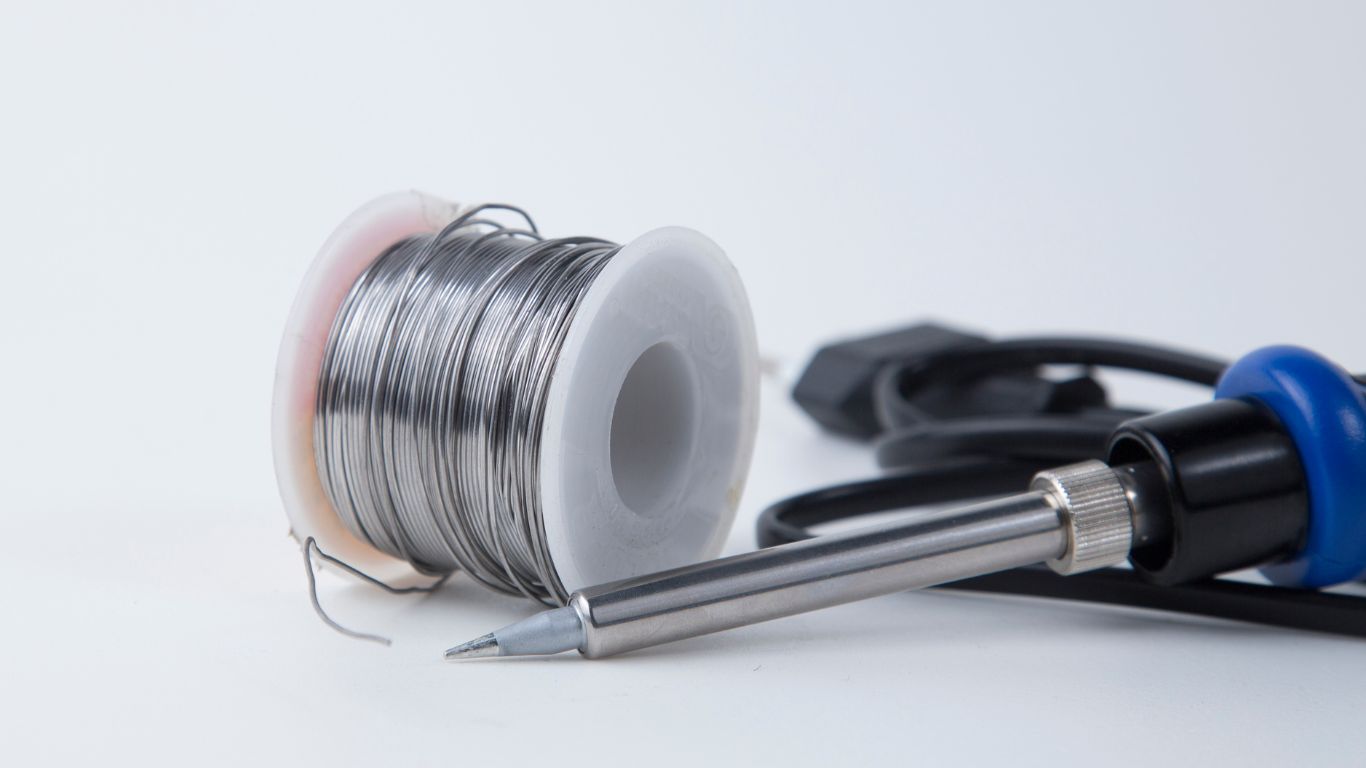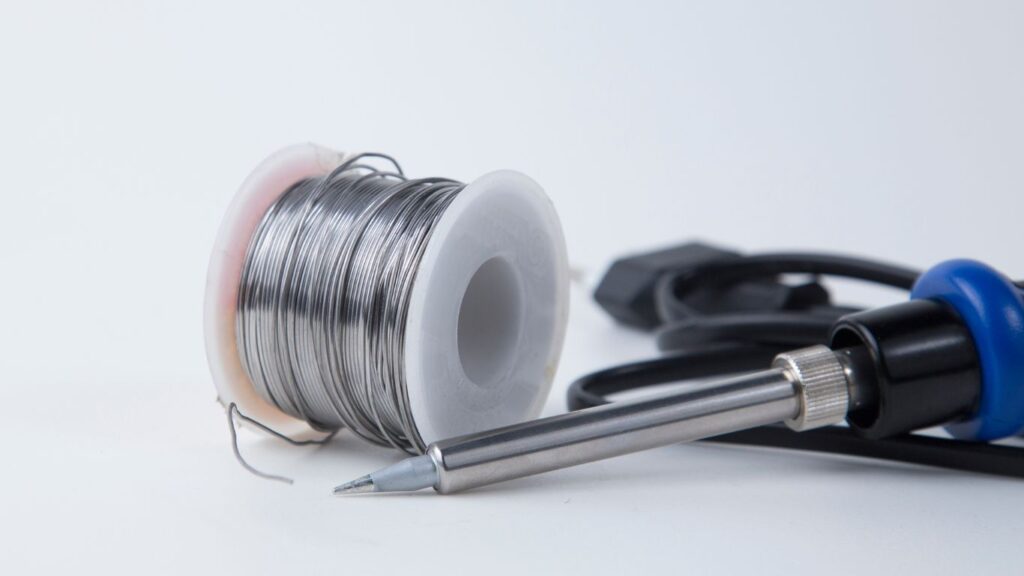
Soldering aluminum shares similarities with the process for other metals, yet it demands unique considerations. One crucial factor is the choice of flux, which cannot be a one-size-fits-all solution. Unlike some metals, aluminum readily reacts with atmospheric air, forming a stubborn aluminum oxide layer that poses a challenge during soldering.
To combat this, opting for a robust and specialized flux becomes imperative for successful aluminum soldering. This stronger flux is essential for breaking through the formidable aluminum oxide barrier, ensuring a clean and effective soldering process.
Moreover, aluminum distinguishes itself as a superior heat absorber among metals. To achieve the desired soldering temperature, a powerful heat source is essential. Only with sufficient heat can the solder, or filler material, melt and create a secure bond between the two aluminum pieces.
For a deeper dive into the intricacies of soldering aluminum and its alloys, our upcoming article explores various techniques. Additionally, we delve into the specifics of different solder types tailored for effective aluminum soldering. Equip yourself with the knowledge needed for a successful and reliable aluminum soldering experience.
Aluminum Alloy Soldering Insights
Aluminum alloys with magnesium content below 1 percent and silicon below 5 percent are the go-to choices for soldering. This preference stems from the fact that alloys with higher concentrations of these elements tend to exhibit poor flux wetting characteristics, making them less conducive to effective soldering. Additionally, alloys rich in copper and zinc pose challenges and are not ideal candidates for soldering applications.
Preparation Steps for Seamless Soldering
Effective soldering of aluminum alloys begins with meticulous preparation. Ensuring a pristine metal surface is paramount, necessitating freedom from dust, grease, and other debris. Employing tools like a stainless steel brush or wool facilitates the cleaning process, setting the stage for a successful soldering venture.
In addition to mechanical cleaning, solvent degreasing is a crucial step to eliminate any lingering grease on the surface. Should oxidation be present, employing chemicals becomes necessary to achieve the required cleanliness and enhance the soldering conditions. These preparation steps lay the foundation for a smooth and efficient aluminum alloy soldering experience.
Mastering Aluminum Soldering Methods
Explore 4 Distinct Aluminum Soldering Techniques. Exploring Aluminum Soldering Techniques, Unlock the world of aluminum soldering with diverse techniques tailored to specific needs. Let’s delve into four distinct methods:
1. Liquid Flux and Solder
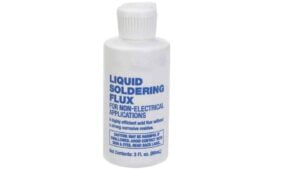
In this technique, a liquid flux is crafted using a blend of organic amines and inorganic fluoroborate salts. For a less viscous option, consider adding chemicals like alcohol to reduce viscosity. This liquid flux proves ideal for induction soldering, deteriorating rapidly beyond a specific temperature.
2. Paste Flux and Solder
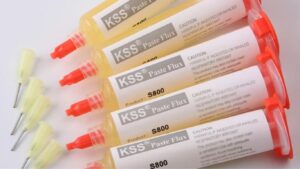
Crafting a paste flux involves introducing chemical binders to the liquid flux. This paste offers precise placement, utilizing a needle for controlled dispensing onto the metal surface.
3. Flux-Cored Soldering Filler Metal
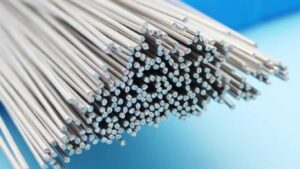
This method involves a flux-cored filler with higher viscosity and increased solid content. When heated, the flux transforms into a liquid form, facilitating application using an injector. The resulting filler material solidifies, creating a durable bond between the two workpieces.
4. Soldering Filler Metal Paste:
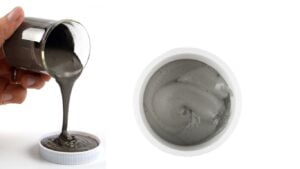
Transforming an organic flux into a soldering filler metal plate is achieved by adding solder powder and binders. Ideal for soldering aluminum sheets in high-temperature environments, this filler material can withstand temperatures up to 420 ºC. Keep in mind that generating sufficient heat is crucial for melting the filler material effectively.
Explore these techniques to enhance your aluminum soldering proficiency and achieve optimal results in various applications.
Rules of Soldering Aluminum
Embarking on aluminum soldering? Ensure success with these fundamental rules:
By adhering to these rules, you set the stage for a seamless aluminum soldering experience, yielding strong and reliable joints for your projects.
Solder Options Explored
Dive into the realm of solders, each with a unique melting point catering to specific needs. Let’s explore the three main types:
Understanding the distinctions among these solder types empowers you to choose the right one for your specific soldering requirements, ensuring optimal results in your projects.
You may Also Like, Decoding RGB vs ARGB Differences.
Conclusion
one of the primary benefits of aluminum soldering lies in its ability to bypass the requirement for separate aluminum plating before the soldering process. This streamlines the procedure, offering efficiency and versatility in various applications.
With a plethora of techniques and soldering methods at your disposal, choosing the right approach depends on the composition of the aluminum alloys and the desired strength of the joint. The flexibility provided ensures that you can tailor your approach to meet specific project requirements.
A crucial step in the aluminum soldering journey is to thoroughly clean the aluminum surface before commencing the soldering process. This ensures a pristine foundation for achieving robust and durable solder joints.
If you find yourself with queries or uncertainties, feel free to reach out through the comments section. We are here to support you and offer assistance. Your thoughts and opinions are also valuable, so don’t hesitate to share them in the comments box. Together, let’s delve deeper into the world of aluminum soldering.
